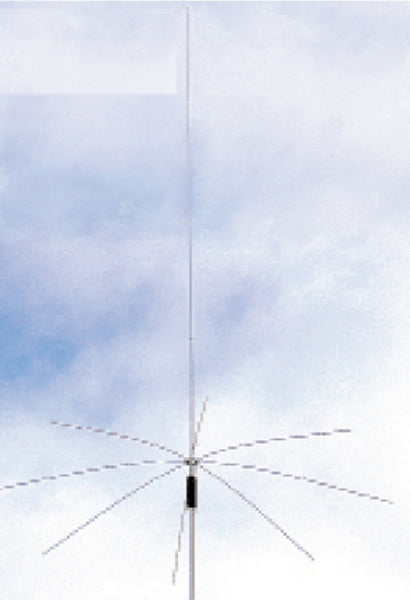I assume you're looking to eventually get your ham license, as both the Alinco and MFJ are meant for those markets. But that doesn't mean you can't use them in a listening mode. They should work just fine; just don't transmit. The cross needles will work once you have your ticket and you start to transmit.
First, there's a basic rule about when and where to listen; listen above 10 Mhz during the day, below that at night. Occasionally the 25 meter band stays open a bit past local sundown, but that's about it. Turn on your flash player, because you will need it to view this very basic site that delves into this subject
AE4RV Propagation Primer - Learn how HF (shortwave) radio signals travel accross the world without satellites. Good for people studying for Amateur Radio Exams or anyone who needs to know how HF radio works. Flash Movie by Geoffrey Noles, AE4RV.
www.ae4rv.com
Now depending on sites like the above may not be the best way to find stuff that is active. The Shortwave Schedule site is fine but it's based on a list that isn't updated daily. A much better bet to find what is active is to be a member of a mailing list which is updated often. The World of Radio reflector on groups.io is such a place and often has schedule information and changes;
News and discussion about communications around the world, especially shortwave, but all media eligible. Monitoring reports, schedules, journalism. All posts will be eligible for quoting in DX Listening Digest, and on the World of Radio program.

groups.io
Now this is mostly for SWBC, altho the owner has been going into a little LW and some pirate stuff from time to time. Specifically what are you trying to hear? There's so much on the HF bands that it can often overwhelm a newcomer. This is a very broad overview of the spectrum from longwave to 30 Mhz....
Now let's talk about the antenna and tuner. It's hard to make any guesses here, but for what band is that monopole designed? And why did you go with this? There are many broadbanded designs where a transmatch isn't needed. Was this because you have limited space? Don't fret; lots of folks are in that same position.
Finally where are you? (county/state is fine). It doesn't seem like it should matter, but in fact, it matters a great deal. Without going into a lot of details right now, the path that a signal from, say Europe, would take to get to me in the Washington DC area would drastically differ from the path it would need to take to reach California.
Lots of questions....Mike




